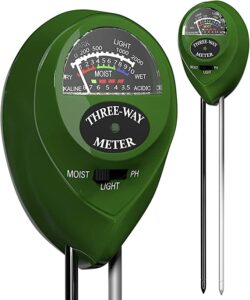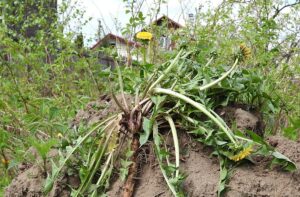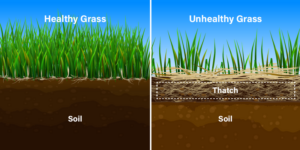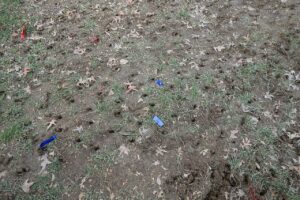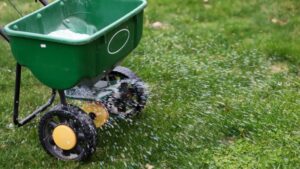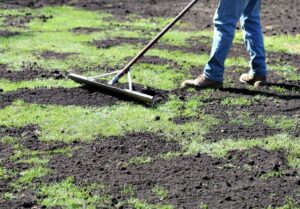Lawn Care & Maintenance in Vancouver, WA
In this blog we will go over the different stages and practices that are essential to revitalizing your lawn.
Maintenance / Garden Services
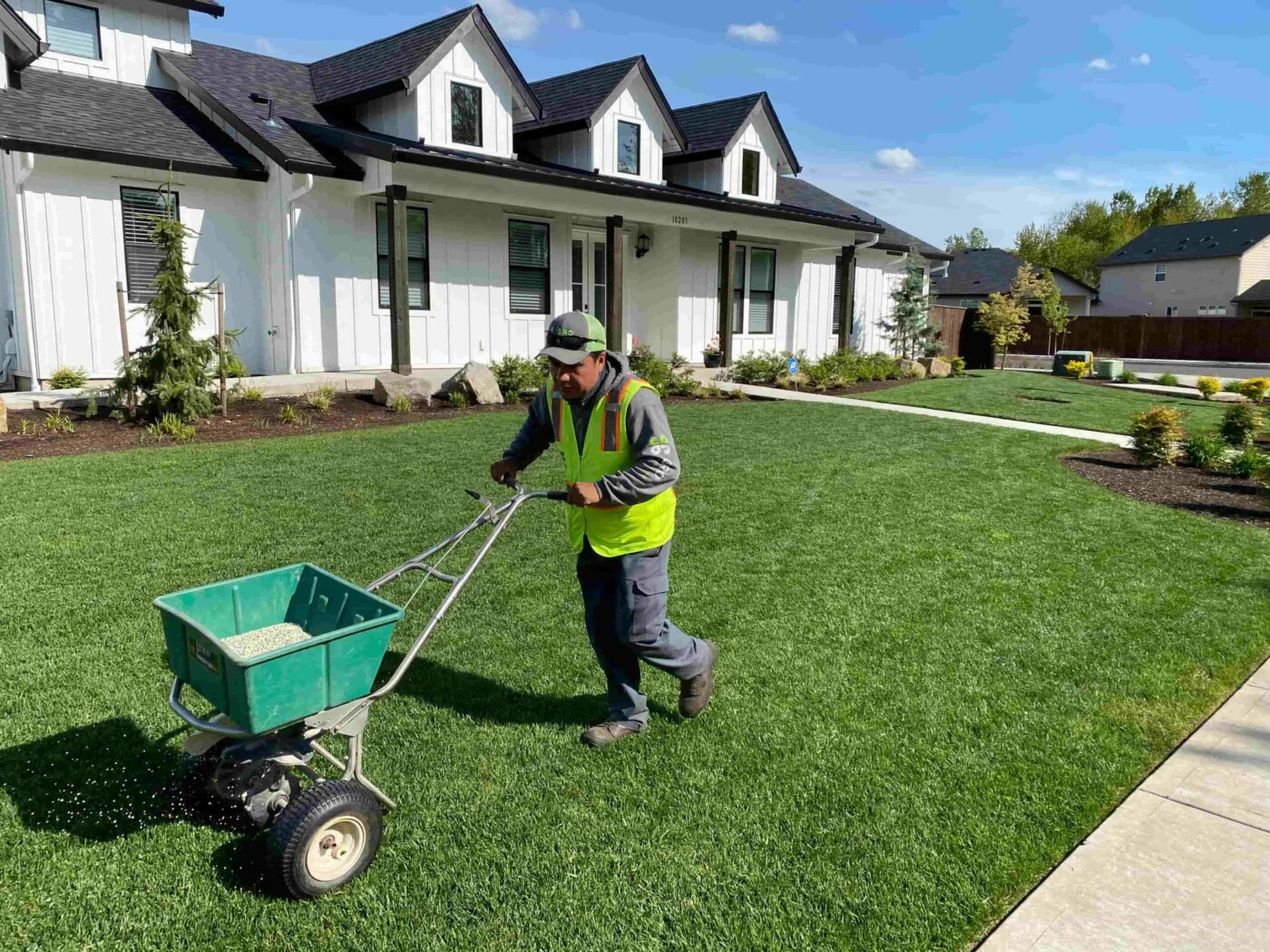
For a Lawn Renovation Estimate, Contact Us Today.
It will take roughly 8 weeks to see completed lawn renovation results which makes early spring the perfect time to get started. In this blog we will go over the different stages and practices that are essential to revitalizing your lawn.
Firstly, a lawn is in need of renovation when it is riddled with weeds, dead spots, moss, and/or has a dense layer of thatch (dead layers of grass) built up below the surface. Lawn renovation is an effective and affordable alternative to replacing your turf with sod. When done correctly and systematically, there will never be a need to replace your lawn.
Assess Your Lawn’s Health
The initial step in any lawn renovation is identifying the issues at hand. These questions will help identify the best course of action for remedying your lawn:
What is the soil ph?
Ideal soil pH is 6.5 – 7.0 (slightly acidic)
Does my lawn get full, partial, or little sun?
Sun exposure will inform watering requirements.
Does my lawn get too much or too little water?
Corrected with proper drainage and irrigation.
Is there damage from pests?
Pest damage can inform us of grub infestation which has a handful of treatment options (see here for our recent pest blog)
Once you have an understanding of the issues with your lawn you can pick and choose the appropriate treatments to undergo.
Soil Tests
Soil tests are a great first step for any lawn renovation audit. They can be conducted with a soil pH meter (~$10) and will inform you of what additives your soil needs in order to support a healthy lawn. For more info on creating healthy soil, check out this blog from Miloganite in Milwaukee, WI. https://www.milorganite.com/blog/garden-landscape/create-healthy-soil
Weeding
Next up is weeding. If weeds are sparse in your lawn and can be picked by hand we recommend doing so prior to thatching, aerating, fertilizing, etc.. If your weeds are so numerous picking them by hand is not feasible we recommend a selective herbicide application. These herbicides target non grass plants at the cellular level. Lastly, if your lawn is majority weeds we recommend replacing your lawn completely. The effort it will take to remove these weeds will not differ significantly from removing your entire lawn and the variance in end results is worth the additional work.
Dethatching
After weeding comes dethatching. This process removes thatch (a barrier of dead grass that builds up under mature grass) from under your lawn. Thatch will prevent new seeds, nutrients, and air from getting to the soil and thus causes lackluster lawn and turf. Dethatching (sometimes called power raking) will loosen up and remove thatch without damaging the live grass.
Aerating
Up next is soil aeration. This process requires special machinery that systematically digs finger sized holes in your lawn. This loosens the soil and allows air exposure to all layers of the turf which is essential for promoting healthy bacteria, roots, and soil. Be sure to cut your lawn to 1” before dethatching and aerating and be sure your soil is moist the day prior.
Overseeding
Following weeding, dethatching, and aerating, is overseeding, which is seeding an already existing lawn in order to improve the consistency, density, and vitality. Drop or Broadcast spreaders will be your best bet depending on the size of your lawn.
Fertilizing and Topdressing
Lastly is fertilizing and topdressing. This stage is all about adding nutrients, soil, and organic matter in order to feed your lawn and level the ground. Common additives include compost, composted manure, leaf compost, peat moss, and other fertilizers that will break down and feed the grass. Be sure not to add more than half an inch to existing lawn and be sure to rake the additives evenly.
For more information on lawn maintenance and our other garden services give us a call or fill out our “Get Started” form.

